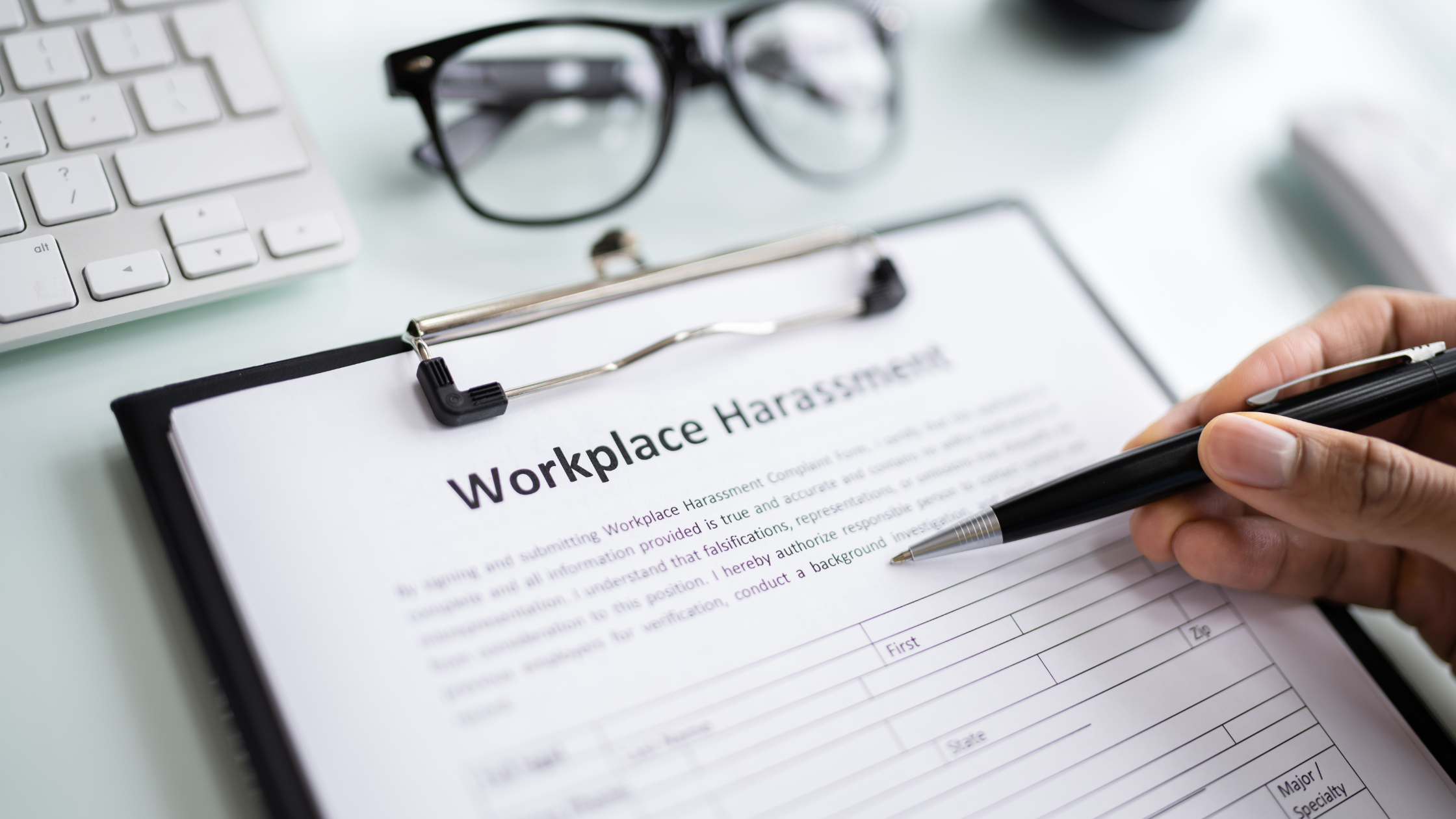22 September 2025

It has now been a year since the Worker Protection (Amendment of Equality Act) Act 2023 came into force, introducing a new legal duty on employers to take “reasonable steps” to prevent sexual harassment at work.
Twelve months later, many professional service firms have discovered that compliance goes far beyond updating a few policy documents and handbooks.
A year of adjustment
For some employers, the first year of the new regime has been about catching up by reviewing policies, rolling out training and setting up anonymous reporting systems.
For others, it has been a test of whether the commitments they made on paper are being lived day to day.
The key lesson from the last 12 months? A policy alone does not prevent harassment. Culture, leadership and accountability do.
The Equality and Human Rights Commission (EHRC) has been clear that “reasonable steps” are not a one-off exercise but an ongoing responsibility.
One year in, this means practices must be able to demonstrate not only that they have the right systems in place but also that they are using them effectively.
What effective policies now look like in 2025
So, what does an effective sexual harassment policy look like 12 months on? The fundamentals haven’t changed, but expectations have evolved.
Policies need to spell out what constitutes sexual harassment and offer real-world examples. It’s not enough to describe it in abstract terms.
Firms that lead in this space have made their policies relatable and scenario-driven, helping employees recognise inappropriate behaviour in all its forms — from subtle comments to overt acts.
The past year has shown that accessibility is everything. Policies with overly formal or intimidating procedures simply don’t work.
Employees need multiple channels for raising concerns, clear timelines for how investigations will proceed and the assurance of confidentiality and non-retaliation.
Trust is built when people see that complaints are handled fairly and consistently.
Sexual harassment training that sticks
Tick-box training simply no longer cuts it. Firms now favour interactive, ongoing programmes that reinforce understanding throughout the year that are tracked, measured and accounted for.
The best training is short and digestible, with e-learning refreshers to ensure awareness remains current.
A culture of prevention
The Act’s first year has shown that the most successful firms don’t just respond to incidents, they actively work to reduce risk through prevention.
This includes running regular risk assessments, open conversations about respect and boundaries and embedding inclusion and belonging into everyday operations.
A prevention-led approach not only reduces incidents but also builds stronger, safer teams where everyone feels able to contribute fully.
Perhaps the biggest shift over the past year has been the expectation placed on the leaders of legal firms and accountancy practices. Senior partners and directors are expected to set the tone through their actions, not just their words.
That means modelling respectful behaviour, supporting employees who speak up and reviewing data regularly to identify cultural or procedural gaps.
Accountability has also moved up the agenda. Some organisations now include harassment prevention metrics in management performance reviews, which is a practical sign that this issue is no longer in the peripheral.
How The Professional Alternative is helping firms lead the way
At The Professional Alternative, we’ve worked with firms across professional services to strengthen their approach to sexual harassment prevention over the past year.
Our three-module certificated training course helps employers go beyond compliance, combining:
A year on, the message is clear – prevention is not optional. Ignoring it is not only a compliance risk but also a reputational and moral one.
The next twelve months are an opportunity to turn compliance into culture and to make the workplace safer for everyone.
To help your team sharpen their skills we have just launched our annual refresher course, as well as our Responding to sexual harassment course aimed at management teams within firms.
[Read our Brochure to find out more]
If your organisation is ready to build on the foundations of the past year, book a demo with our team to find out how our tailored policy development and training can help.